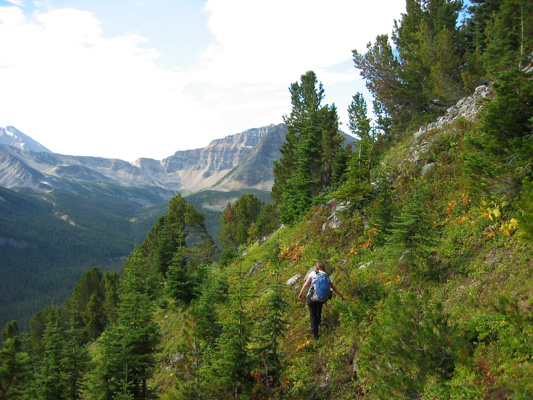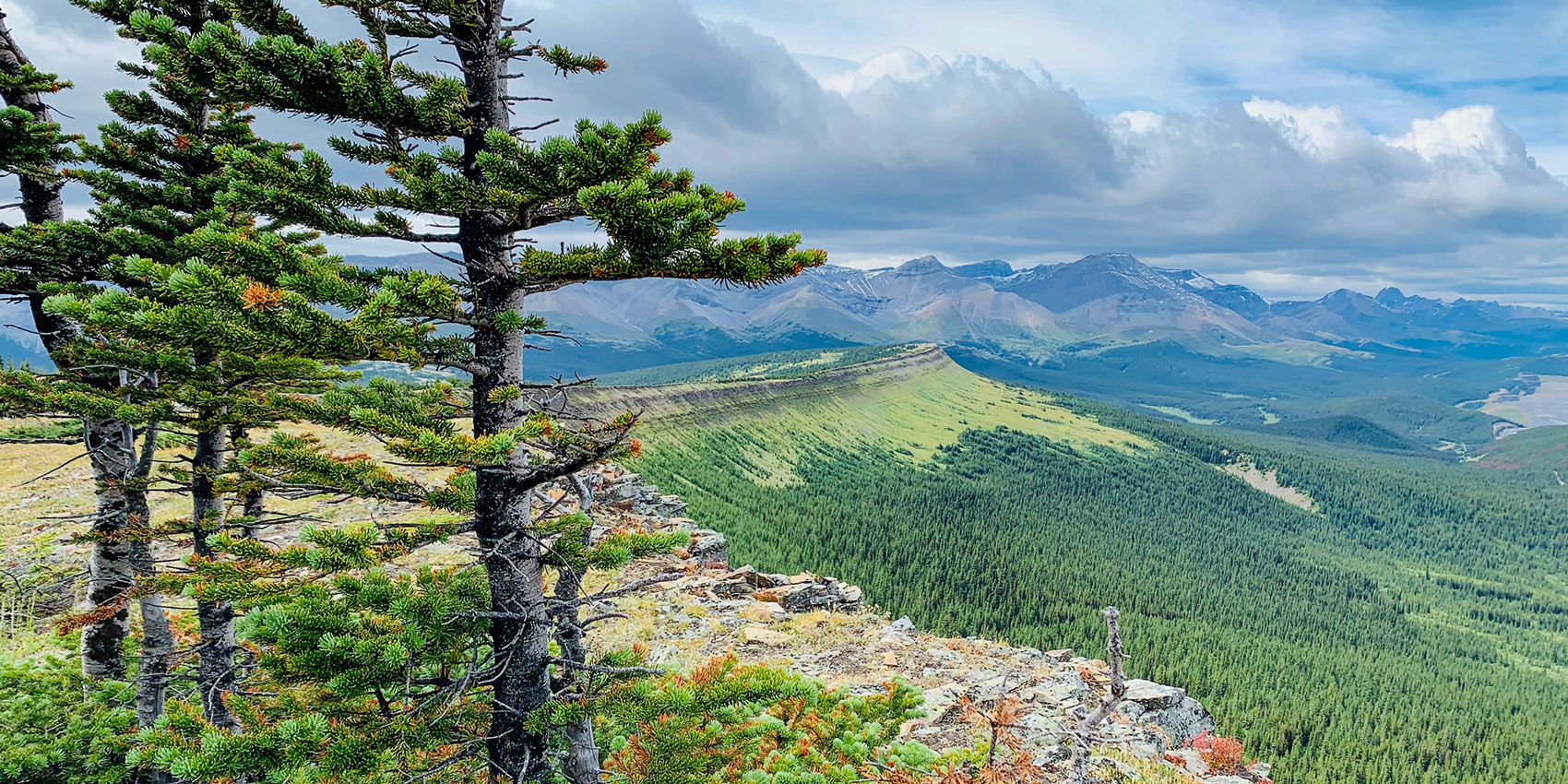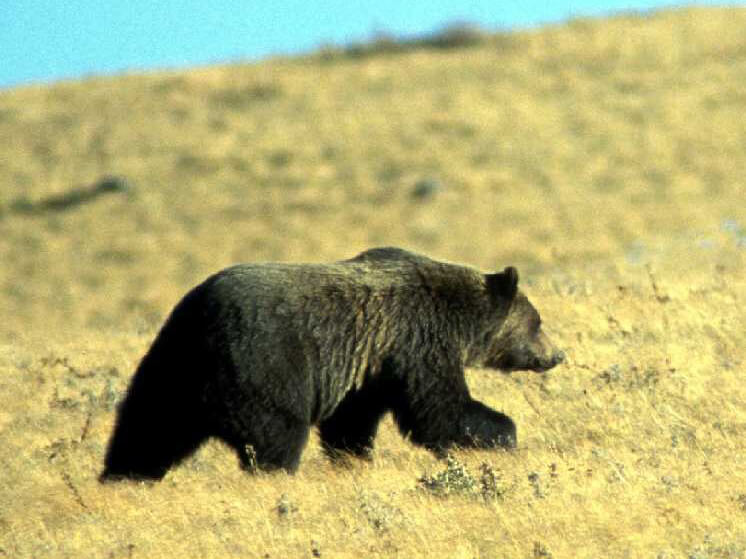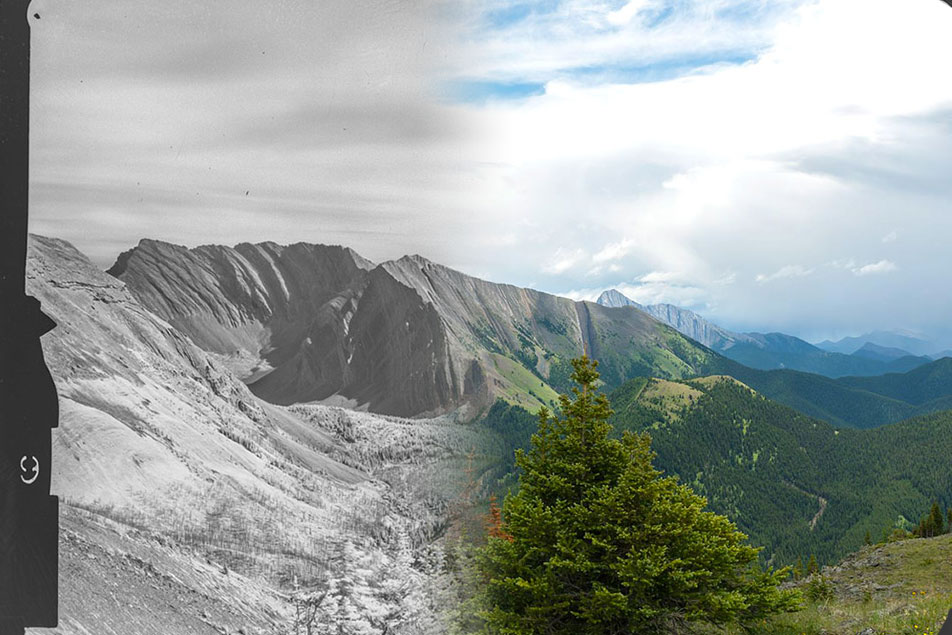
Article published in Canadian Journal of Remote Sensing. Citation and abstract only.
Abstract
Phenological patterns of the components within forest ecosystems, such as understory vegetation, are important indicators of climate variability, productivity, and additional ecosystem services such as food and habitat availability for wildlife. Proximal sensing systems can provide detailed phenological records at a relatively low cost. As interest in these datasets increases, we need additional information regarding the effect of different approaches on the scale of observations and camera field of view. In this research, we examine the impact of field of view on the capacity of cameras to detect changes in phenology of individual species in an image time series. We examine two co-located series of oblique images acquired using a fine and broad field of view and compare a number of phenological indicators, including the start and end of season derived for individual plant species. Our results indicate both fine and broad field of view camera systems are highly effective at detecting key markers of plant phenology with no significant differences between the two. This result supports environmental monitoring using cost-effective broad field of view cameras, or even—subject to some constraints—readily available camera stations installed for tourism or traffic monitoring.
For more information on accessing the full article, go here.
Citation
Vartanian, M., Nijland, W., Coops, N. C., Bater, C., Wulder, M. A., & Stenhouse, G. (2014). Assessing the impact of field of view on monitoring understory and overstory phenology using digital repeat photography. Canadian Journal of Remote Sensing, 40(2), 85–91. doi:10.1080/07038992.2014.930308









